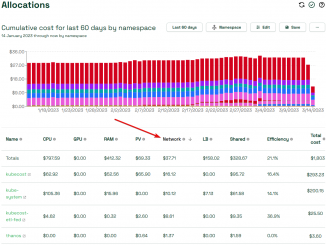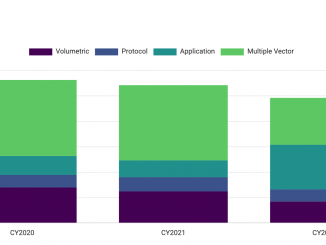
USN-6000-1: Linux kernel (BlueField) vulnerabilities
USN-6000-1: Linux kernel (BlueField) vulnerabilities It was discovered that the Upper Level Protocol (ULP) subsystem in the Linux kernel did not properly handle sockets entering the LISTEN state in certain protocols, leading to a use-after-free vulnerability. A local attacker could use this to cause a denial of service (system crash) or possibly execute arbitrary code. (CVE-2023-0461) It was discovered that the NVMe driver in the Linux kernel did not properly handle reset events in some situations. A local attacker could use this to cause a denial of service (system crash). (CVE-2022-3169) It was discovered that a use-after-free vulnerability existed in the SGI GRU driver in the Linux kernel. A local attacker could possibly use this to cause a denial of service (system crash) or possibly execute arbitrary code. (CVE-2022-3424) Gwangun Jung discovered a race condition in the IPv4 implementation in [ more… ]


